Moved The New Zealand Flax
Out in Front Garden it was time for the New Zealand flax (phormium tenax) to give up its spot. The flax was moved to a different part of the yard. In its place a mulberry (morus) tree was planted. The tiny tree was grown from a cutting by my brother.
The spot where the tree lives now has a very awkward transition between the dirt, steps, and concrete walk way. Originally, the flax was planted to mask this awkward transition. The flax offered a good deal of landscape appeal. Other than that, it is somewhat of a maintenance hog. The blades when they die off become dry and fibrous. The dried blades are difficult to cut and thus are difficult to remove. For those considering New Zealand flax as a landscape plant, my advice is to consider the maintenance aspect.
advertisement
With the flax no longer covering the awkward transition a daylily was selected. The ‘Fire of Fuji’ double reblooming daylily (hemerocallis) was divided and planted at the base of the young mulberry tree.
In terms of permaculture design, the mulberry will be allow to grow to about five feet tall. At the base, different plants will make their home through the seasons. In their first season, the mulberry and daylilies will also share ground with elephant garlic and oriental lilies.
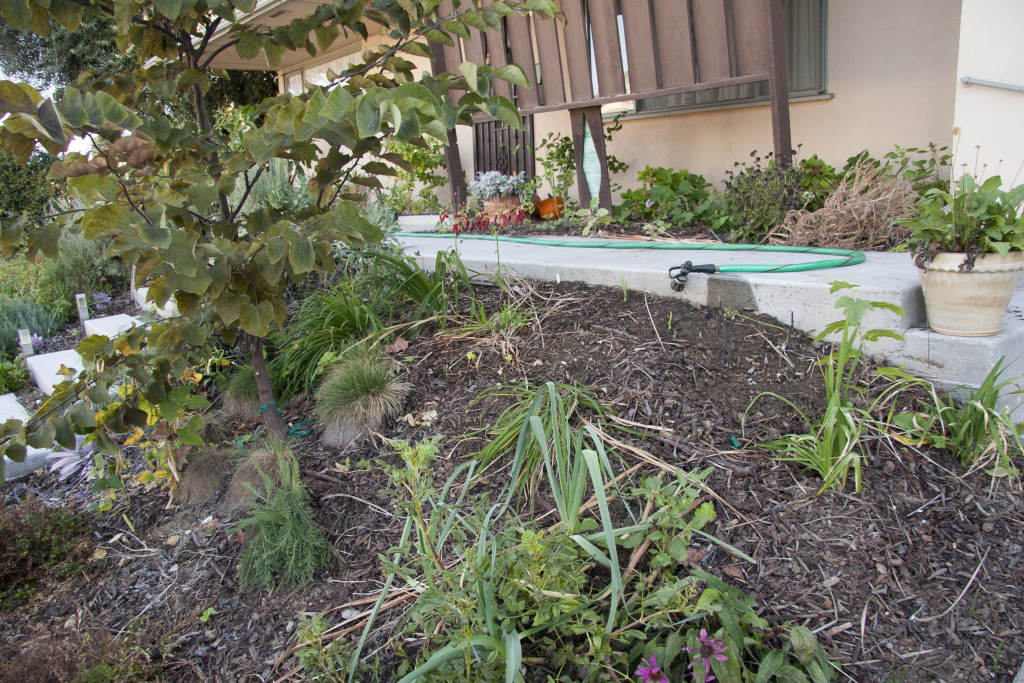
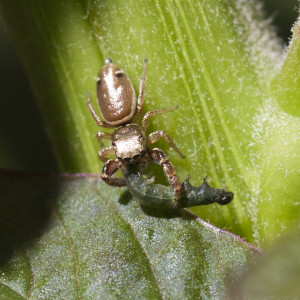
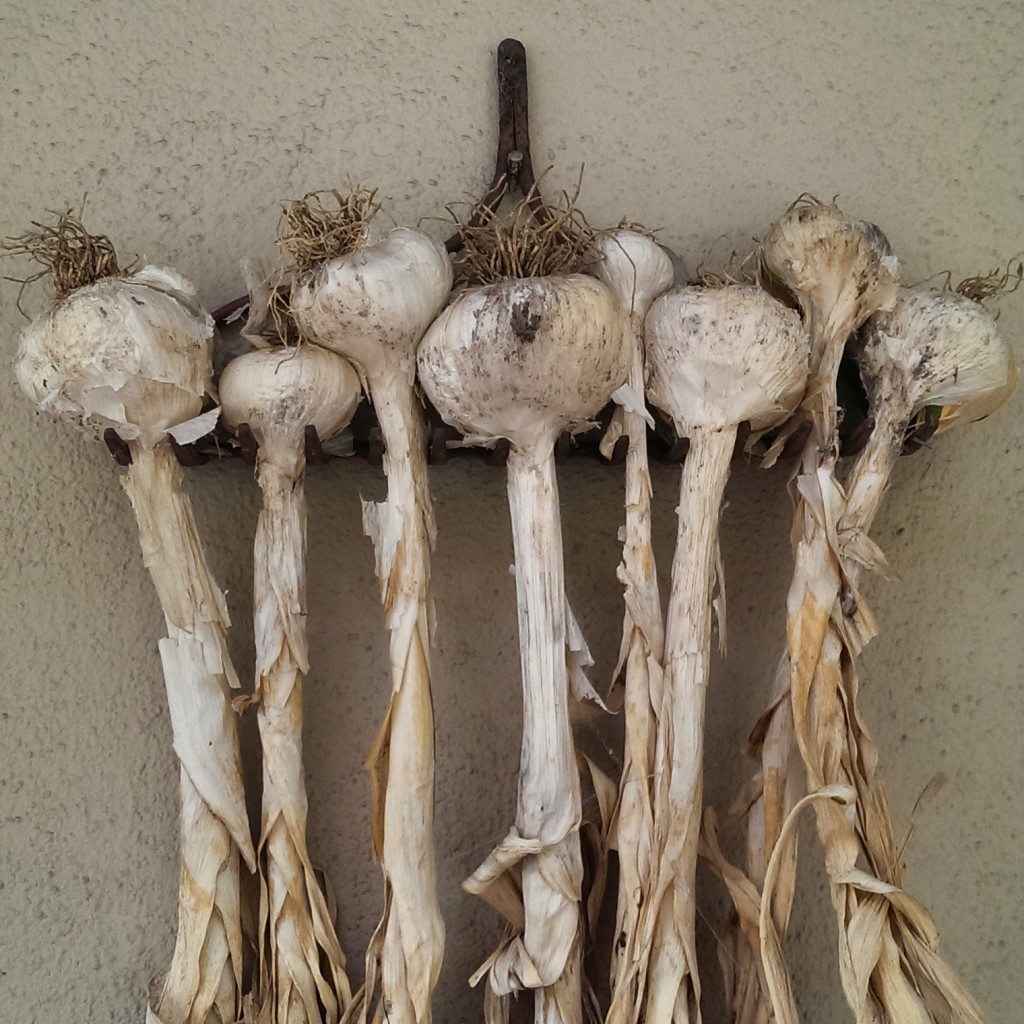
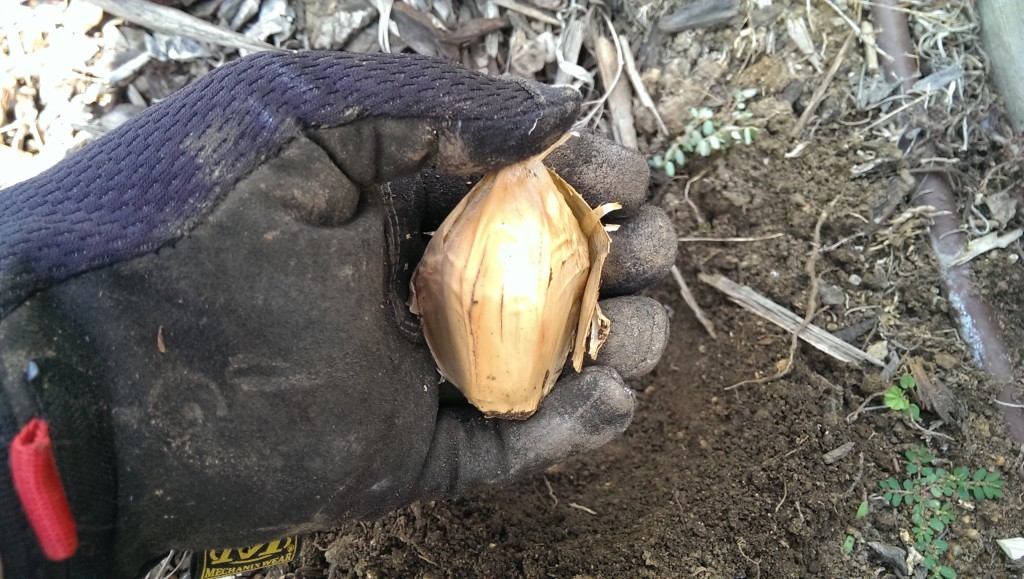
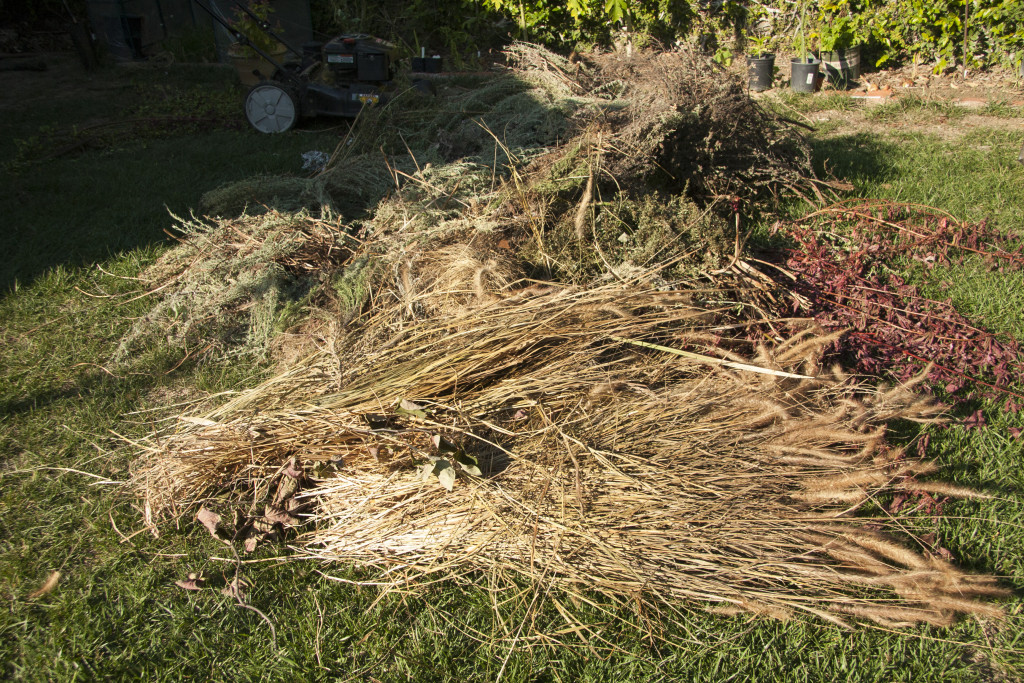
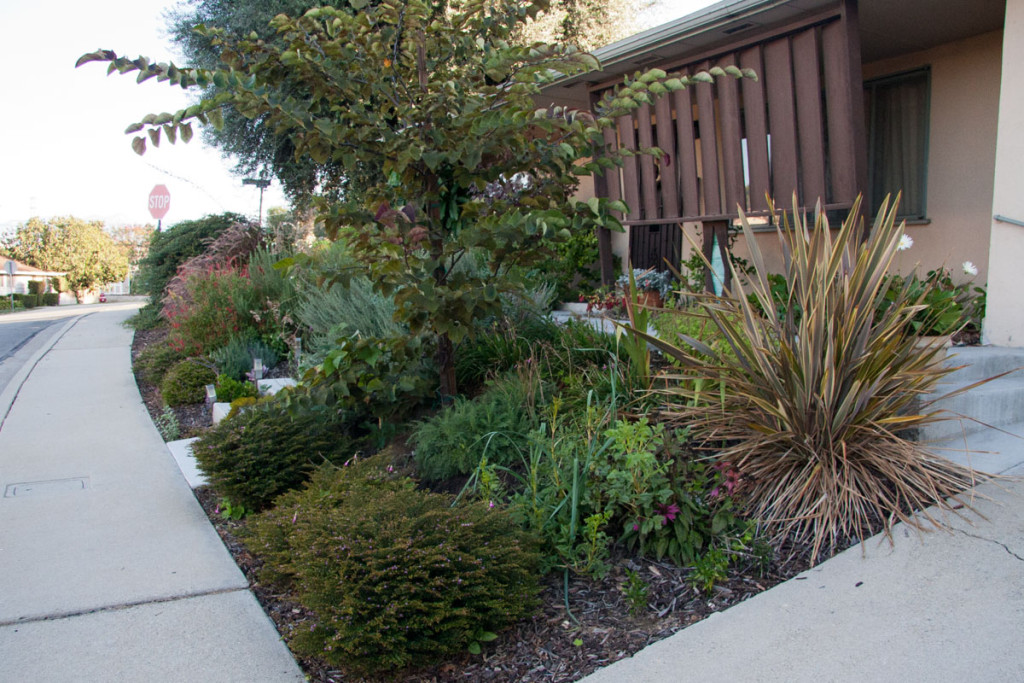













![#gardentotable #dưamón (Vietnamese dried then refrigerator pickled daikon radish) with my aunt's homemade #banhtet (sweet rice roll with mung bean and fatty pork seasoned with salt & Sichuan pepper*; tightly wrapped with banana leaves and boiled.)
*Teochew variation
Banh Tet is 'Cake of the Spring Festival.' It is made and given as gifts in South Vietnam and where this culture resides. [Photo 4: banh Tet dressed with festival paper.]
It is therefore a common food of the #springfestival. [Photo 3: banh Tet before it is crisped up with some oil on a pan.]
While it is often crisped up and consumed, an accompanying pickle can be used to add another element to this simple comfort food. From our garden we used a volunteer daikon radish and a couple of 'Bolero' carrots. I made this from memory of my dad making it. I cut the daikon into steak fries shape and dehydrated them. For the brine my mom advised. It consists of fish sauce, sugar, and water. The concentrates are dependent on taste and the strength and salinity of the fish sauce.
My dad preferred it on the saltier side; whereas traditional Vietnamese flavor profiles prefer salty and sweet.
[Photo 2: All said and done, reusing a food jar is key to maximum wholesomeness 😉😝😅]
Note: There appears to be two variations of dua mon-- traditional Vietnamese and Teochew. By dehydrating instead of sweating (partially removing water,) the daikon is crunchy and elastic; making it a very classic #teochew texture profile.
See more Spring Festival/Chinese Lunar New Year/#Tet posts at: #ned_springfestival](https://scontent-bos5-1.cdninstagram.com/v/t51.29350-15/427935298_939543330529922_6652804083994273886_n.heic?stp=dst-jpg_tt6&_nc_cat=105&ccb=1-7&_nc_sid=18de74&_nc_ohc=vkEDByqoZx0Q7kNvgHmpPVO&_nc_zt=23&_nc_ht=scontent-bos5-1.cdninstagram.com&edm=ANo9K5cEAAAA&_nc_gid=AQ0O70jJaui1vEB9PUvt3AX&oh=00_AYBk3qRj1cCMa6BqfnEwNod7NHlW62OWfOkbJHhY2vTRcw&oe=675657AE)


 . The ghostly photo was create
. The ghostly photo was create


